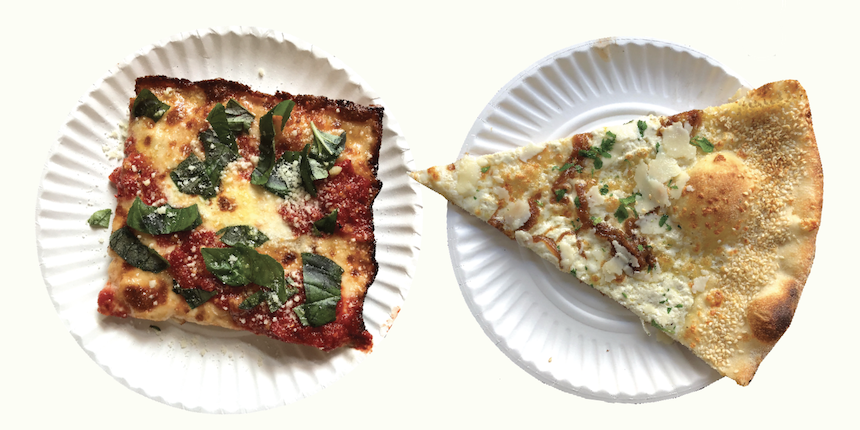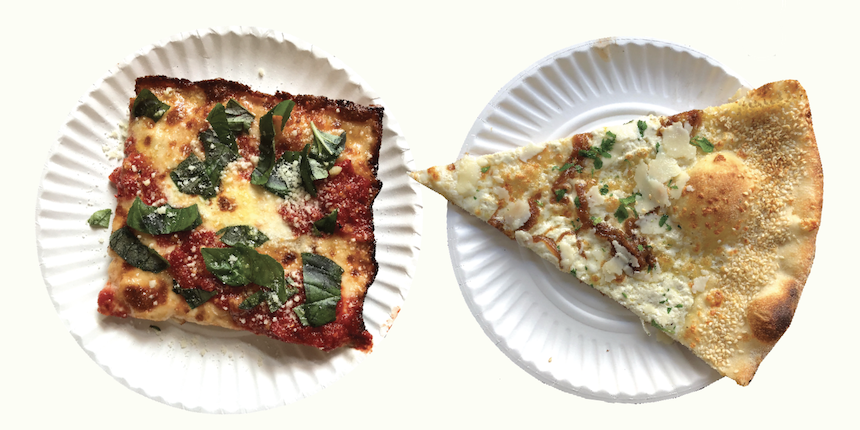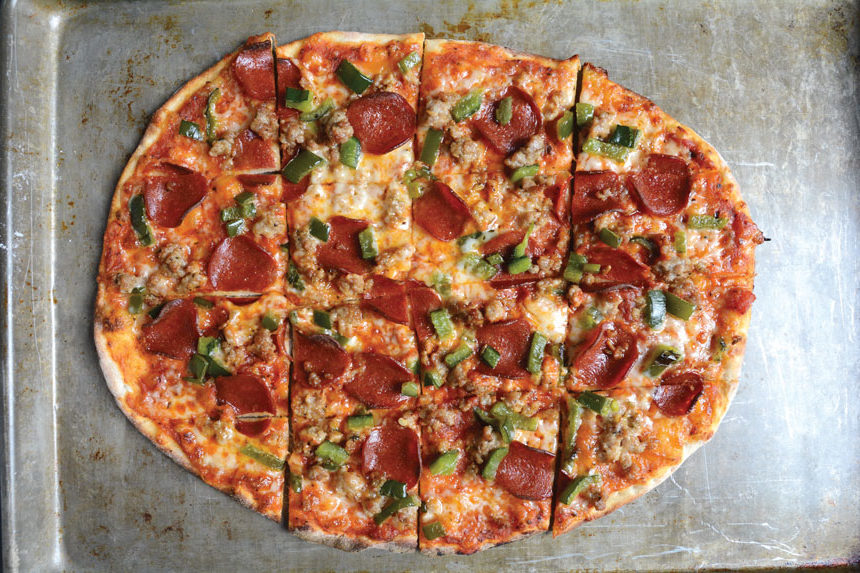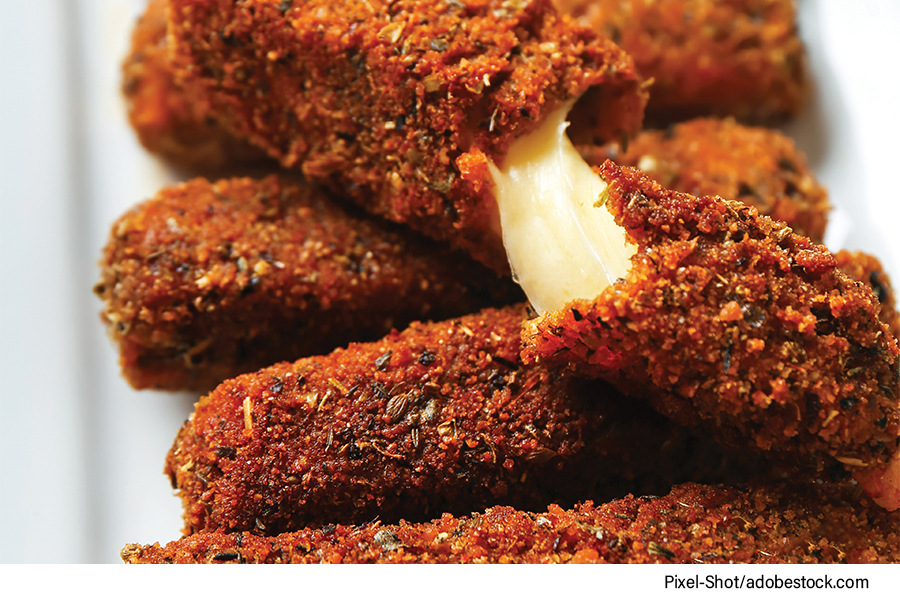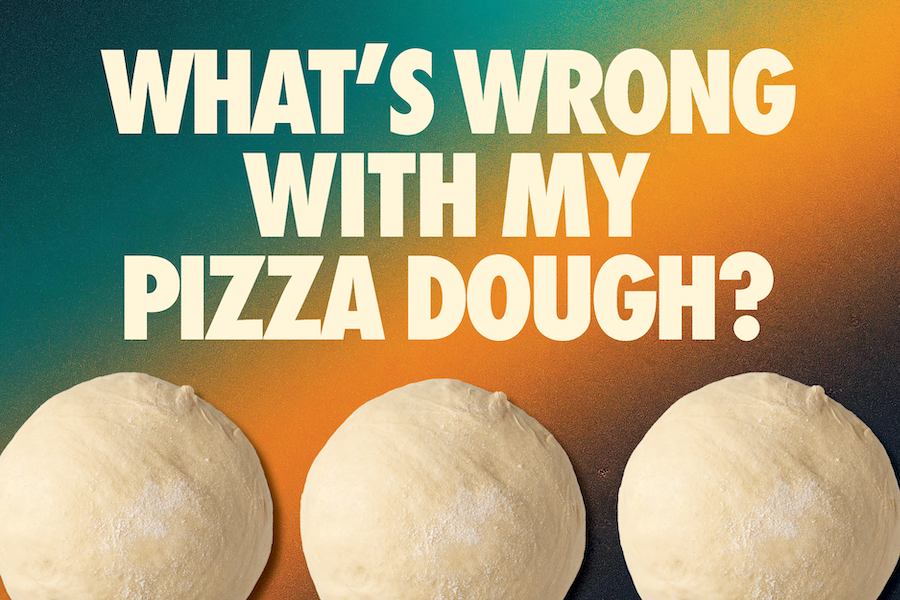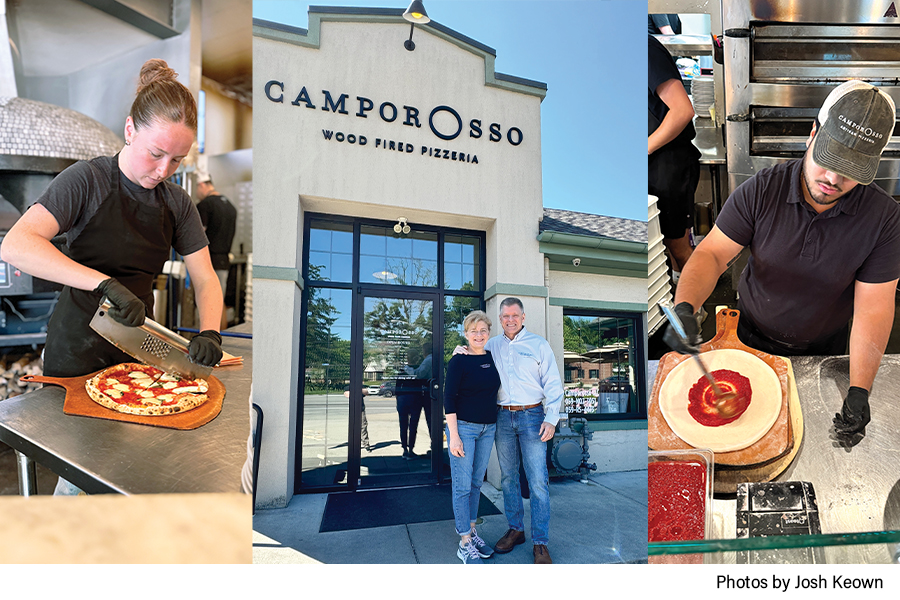Water Works and Pizza
When I first sat down to talk all things water, I figured there was a really meaningful haiku out there about the beauty and amazing thing that is water. But all I could keep thinking about was Adam Sandler in the movie Waterboy yelling back and forth about water being better than Gatorade. Doesn’t give quite the same fuzzy feeling but still drives home the importance of water in our lives.
When you really start to look at water and the abilities it has, it really puts into perspective how underrated water is in the grand scheme. Water can be liquid, it can freeze, it can turn into steam, and can go back and forth. Water in its liquid state is a solvent in that other elements dissolve when mixed in. Water in its frozen state is extremely strong yet also buoyant. In its liquid state water has a boiling point, but in its steam form water can be heated almost to no limit which is why it can be dangerous and cause burns. All of these things make water a cool element and there are many more reasons as you dig into the molecular side of things, but besides flour, water is what makes pizza, pizza.
Before grain becomes flour, it begins as a seed. If the environment and temperatures align, the seed absorbs water making the seed swell and softening its outer layer. Cells inside this outer layer begin to produce amylase enzymes which converts starch (complex sugar) into simple sugar which the embryo needs to grow and turn into a mature plant, giving us flour. Without water, the seed is just a seed.
As pizza makers we talk a lot about flour and we’re constantly debating which are best for the types of pizza we want to make. But none of it would be possible without water. For those making New York style, you’re probably living under a rock if you haven’t heard or been told that you can’t make real New York without the water. Well, I’m a Bay Area born and raised California girl, and I’m here to challenge that thought. Water is very important, especially since it’s the second largest ingredient in our dough, but it’s what you do with it that changes everything. Even Italy has its bad pizza. So, is it just the water?
I know we say we mix our dough, but sometimes that can cause beginners to think that flour is dissolving in water. But that’s not the case. It’s better to think about mixing as hydrating. Flour absorbs the water kickstarting gluten development. As glutenin and gliadin, the proteins that make up gluten, absorb water, they begin to bond together. During the mixing process these bonds that form break due to friction, but reattach creating longer strands and making the dough more extensible. A higher water content adds to this development making the dough more extensible. But on the flip side a higher water content can make the dough a lot harder to manipulate and handle unless you are very skilled.
There’s a school of thought known as the no knead method. While this method does work, it requires a lot more time. Making a Roman dough with 80+ percent water can be done by hand no problem — but will require multiple folds and time in between. Yet a mixer can get the job done in one go. Water may be what makes flour into dough, but it still needs a helping hand. During the mixing process, the enzyme amylase (that helps the seed grow) is at play again, this time helping turn complex sugars into simple sugars and giving the yeast more food to live on, which aids fermentation.
A question I get asked a lot these days is “how much water should I have in my dough?”
Today it is common for doughs to start at 60 percent and go up, whereas only a few years ago it was common for New York, or classic American doughs, to contain less than that. The amount of water in your dough is going to drastically change your outcome, although the temperature at which you cook your dough and the type of oven all play into the final product. It may sound counterintuitive, but more water makes crispier dough if cooked correctly. Think about ciabatta bread. Normally it’s upwards of 100-percent water. Difficult to manipulate when raw, but once cooked it has an extremely crispy outer crust and a soft interior.
For pizza, higher hydration needs to be cooked slower and lower. The vents on your oven play an important role during the baking process. With vents closed in the beginning, the dough will have a better rise as the heat and steam is trapped, adding to oven spring.But the vents will need to be opened to release the steam so the crust can harden and crisp. Without opening the vents, the outside will not crisp, and the interior will be too wet, resulting in a very lifeless and soggy pizza. Steam outside of the oven is just as important to think about once you place a pizza on a surface, be it on a pan or in a box. That steam is going to reverse any crispiness you’ve created, which is why you see screens under pizzas to allow for some air flow under the bottom.
When it comes to starters, the main two are poolish and biga. The major difference is the water content. Poolish can be anywhere from 90-100 percent and Biga can be 50-60-percent hydrated. The difference in water creates a vastly different flavor profile and acid content (which, when added to dough, boosts flavor and affects the interior crumb structure).
Now let’s talk freezing.
Freezers have gotten a bad rap in the culinary world because the thought now is that if you freeze food, you’re not making everything fresh. That may be the case when it comes to proteins, sauces and other items. But when it comes to dough, freezing can be an asset when done properly. Flash freezing and proper wrapping ensures freezer burn does not happen. Freezing can be a great asset for those operations that produce in bulk. For those with large catering opportunities and making pan pizzas or for those making par-baked shells and selling them, freezing is your friend. You can mass produce with little effect to the product if used within a month or two. You will want to consider that during the freezing process evaporation occurs, so prolonged periods in the freezer are not ideal because when you go to cook the dough again the interior will be very dry and not palatable. High hydrated doughs last longer in the freezer.
So, is water in all its forms the pizza maker’s greatest friend? Better than Gatorade!
Laura Meyer is the owner of Pizzeria da Laura in Berkeley, CA.


